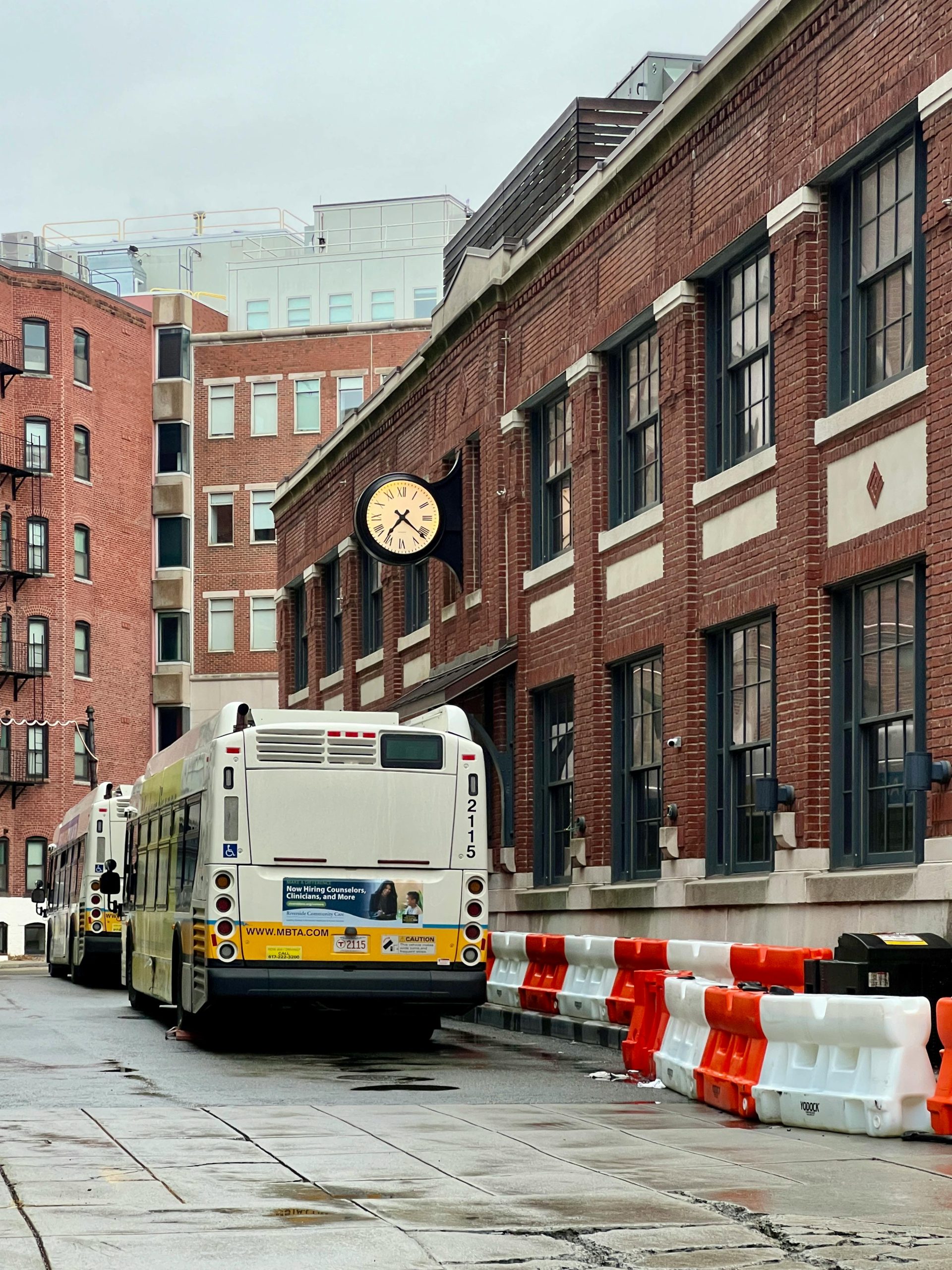Stand-off on Ladbroke Grove: When Two Buses Meet on a Narrow Lane
In an unusual scenario that unfolded on Ladbroke Grove, two buses found themselves in a stand-off, trapped indefinitely on a slender stretch of road. The narrow lane left no room for either vehicle to pass, leading to an unsolvable gridlock situation.
As the minutes ticked by with no apparent solution, the drivers of these buses decided to step out of their vehicles, transforming the scene into a debate ground on the street. Their disagreement over who should yield or reverse became the focal point of this unexpected showdown. A quintessential urban anecdote, this incident highlights the challenges of navigating city roads that often seem too small for the bustling traffic they bear.
This standstill serves as a vivid reminder of the complexities of urban transit, where even the most experienced drivers can occasionally be at a loss on the labyrinthine paths of the city.


Thoughts on the Ladbroke Grove Stand-off
This incident on Ladbroke Grove captures a common frustration for many London residents who navigate our city’s intricate streets. It’s a perfect example of how public transport, while essential, can become a victim of our own urban infrastructure.
In my experience, this kind of stand-off isn’t just an isolated incident but rather a symptom of several underlying issues:
To address these challenges, it may be beneficial to consider more dynamic traffic management solutions, such as increased signage or dedicated bus lanes that allow for smoother navigation through our busy streets. Moreover, implementing better communication systems among drivers could mitigate confusion and disagreements in critical situations. Understanding the
Insight into Ladbroke Grove’s Urban Traffic Challenges
Reading this story reminds me of how often geographic constraints on streets like Ladbroke Grove reveal the limitations of our current urban planning. Narrow lanes and historic road layouts, while charming, can introduce real difficulties in managing modern traffic volumes.
Some potential solutions to avoid such stand-offs could include:
As residents, it’s important we advocate for smart infrastructure improvements that respect the area’s heritage while enhancing safety and efficiency. Urban transport shouldn’t have to come to a standstill over narrow roads—there’s room for innovative solutions that make our streets more navigable for everyone.